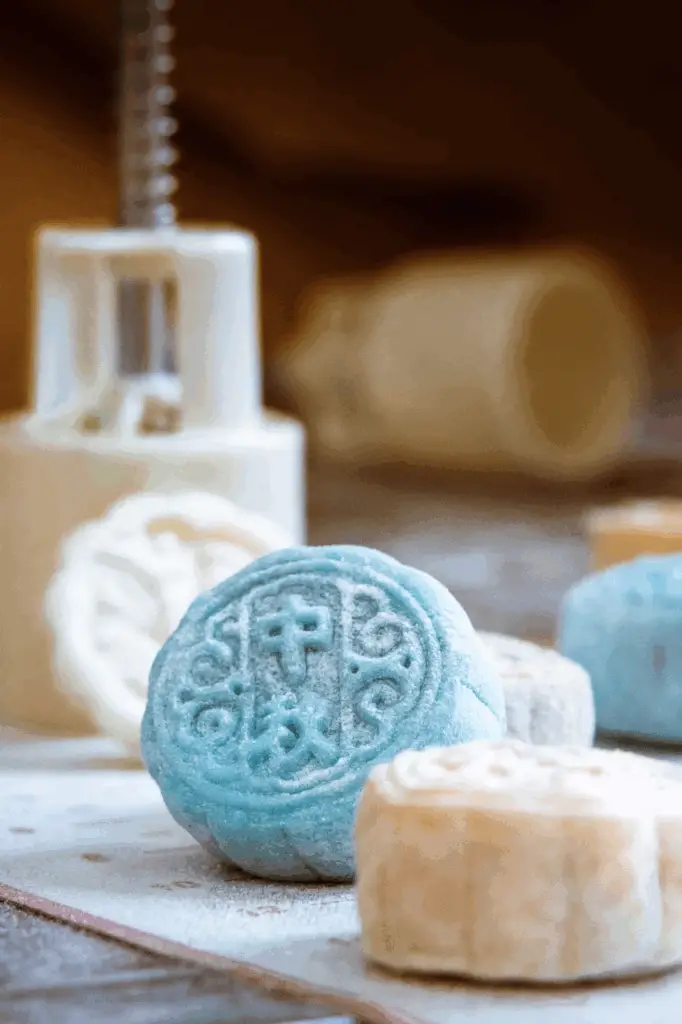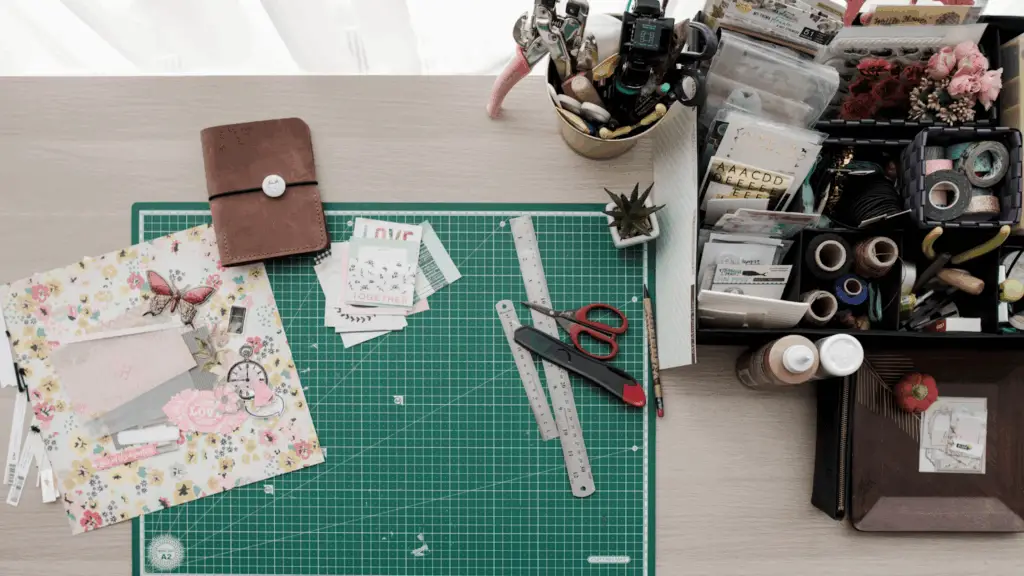Ready to Turn Your Craft Hobby Into a Business?
If you’ve ever spent your evening painting, knitting, or making soap, you’ve probably found yourself thinking you could sell your creations. You’re far from being the only person who has come to this conclusion, and you are right. A craft business, even as a side hustle, could be a rewarding project for an enthusiastic craft artist.
A craft venture can give you the freedom to do what you love while building up a bit of income at the same time. That being said, it may not be sufficient to replace a full-time job. But if you are already a passionate crafter, why not make your hobby a little bit more valuable?
On top of the financial benefits, making stuff for others can be fulfilling. Knowing that someone is enjoying something you’ve made yourself gives you a sense of pride that no regular 9-to-5 job can deliver. Besides, it can be flexible as you can make products when you have time and only sell during a few periods.
Besides, with online marketplaces and social media, it seems a lot easier nowadays to get noticed through your craft than ever before. So what are you waiting for?

Is There a Market?
There’s a big difference between a craft hobby and a craft business, and that is your understanding of the market. Once you start to craft with the purpose of selling, aka for customers who will buy your creations, you need to get clear about the competition.
The handmade market is truly thriving. This is the good news. The bad news is that you’re not the only one bringing handmade products in front of customers. That’s why you want to find a niche to differentiate yourself.
What your niche could be as a crafter:
- Eco-friendly materials
- Thematic items
- Personalized gifts
- Smart market pairing, like creating craft objects inspired by popular books or movies
You want to research similar sellers online on platforms like Etsy, Facebook Marketplace, and other local craft fairs, so you can figure out what is popular and how it is priced. This is your chance to spot gaps in the market.
The Groundwork Before the Business
So, you’ve decided to turn your passion for craft into a small business: Congrats. Yet, deciding to embark on the entrepreneurial path, even if it’s only going to be a side hustle, is not as easy as it seems.
The easy part is choosing a business name. As a rule of thumb, you want something that is easy to remember and that will be meaningful to potential customers. It’s a good idea to register your business, especially for tax purposes. You may even benefit from tax advantages as a business, compared to trading as a freelancer.
It is worth checking whether you’ll need any local licenses or permits, depending on your choice of crafts.
On the business side of things, you typically need to set up a separate business bank account, as this will make it easier to trace back your business earnings and expenses. Talking about expenses, you may want to start estimating the potential budget for launch, including materials, packaging, product photography, website setup, marketing,
It’s best to approach these costs as a business investment, so taking a loan is a good idea here. While relying on your savings may seem easier, a business loan that enables you to build up a professional platform is an investment in your future, even if it appears as a debt at the moment. Besides, you can also deduct some investments from your business taxes, so it may be less of a financial burden than you think.

How To Keep Your Craft Products Safe
Should you build your business HQ at home? As a hobby, craft can be space-demanding. As a business, it’s likely to take over your household. Your collection of materials and finished handmade products will grow, and with it, the space you need to store them safely.
Is the garage or the attic safe enough? The answer is no. You will need a specific storage space. There are plenty of businesses dedicated to renting out storage containers. But what if you could choose to install your own prefab self-storage unit in the backyard?
From a practical point of view, this means you can get crafty whenever you have time at home. There’s no need to drive to a remote container elsewhere. Additionally, you can also pick a unit size that lets you store your product inventory and materials alongside a workstation, so you can keep everything under one roof.
On the plus side, this is also helpful if you intend to use social media to promote your work. It makes it a lot easier to record video of your craft business when everything is kept in the same space.
The Art of Marketing a Craft Business
Making your craft items is one thing, but marketing them is another. How do you share them with the world when you’re working with a shoestring budget?
Here’s the thing. Marketing doesn’t have to break the bank. You can focus on authenticity and consistency on social media. Most craft businesses like to use platforms like Instagram, YouTube, TikTok, and Facebook to showcase their work.
Some handy rules for social media:
- Clear quality photos
- Short videos on Instagram and Facebook (<1min)
- Longer videos on TikTok (up to 10 min) and YouTube
- Honest and fun behind-the-scenes shots
You can choose to show your creative process, your finished products in action, or even discuss working with unique requests. Once you’ve found your audience, people will love to watch what you have to show.
It also helps to join local craft communities and craft fairs, as these can also amplify your messaging.
Does offline marketing help? The answer is yes, as you’ll have the opportunity to reach out directly to potential customers when you attend fairs.
Where to Sell Your Craft Creations
There are many platforms you can experiment with to sell your work. As a small business, especially for side-hustlers, you can look into existing platforms like Etsy.
In the long term, you may prefer to set up an e-commerce website, but this will only be profitable once you know you can attract enough customers in the first place.
For the time being, pre-existing platforms and in-person sales are great as you start building momentum.
Are you ready to start your craft business?






